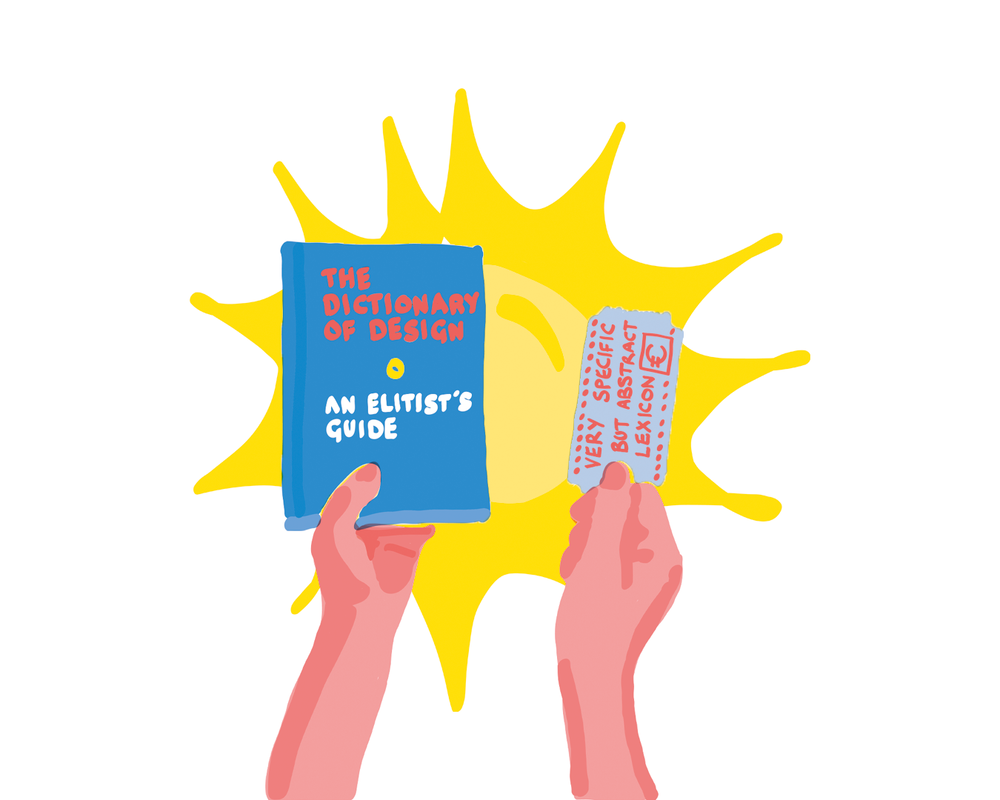Reshaping Design Language
“Design is the rhetorical container through which ideology is expressed.” Or, more simply put, we use design as a means to express our personal philosophies.
Perhaps no school better represents this viewpoint than Design Academy Eindhoven, which has wholly embraced the evolution of design beyond the material object and into other realms including—in more recent years—as a form of research and inquisition. As the focal point of DAE’s inaugural research festival, design research practices were discussed both in a meta sense, including how to channel this knowledge outside the borders of the school and, in more practical forms, looking at the stories of pioneering designers in action.
Many of the talks were highly engaging in both content and presentation; others simply left me feeling dumb and confused by their complex use of terminology. “An exercise in intellectual masturbation” was one way I heard some of the talks described by students in attendance. A harsh evaluation perhaps, but also a recurring one that led to the topic of this essay: starting from the belief that if design is in essence a communication tool, then why have we created this layer of inaccessibility when talking about it through the complex language we choose to use?
There’s a not-so-funny running joke at the Academy that goes like this: “try explaining your project to your parents when they ask to see where their money goes”. The reality is that a lot of the work produced here speaks on various complex social and cultural issues, a valuable pursuit for sure, but if you can’t convincingly explain the importance of your latest mycelium innovation to your own parents, then maybe it’s time for some self-reflection.
This very topic was raised in the Research Festival’s opening panel discussion addressing the importance of finding ways to spread research outside our ivory Witte Dame tower. Saskia van Stein, head of the Critical inquiry Lab, also highlighted the capacity for design to be experienced with our senses—a far more immersive experience than any block of text could ever aspire to be. With these points in mind, it’s curious to see how DAE projects (and a lot of art and design projects in general) often end up both over-explained and misunderstood, a contradiction that seems to stem from an anxious desire to hyper-inflate the value and perceived complexity of our ideas.
To illustrate this point, at the festival there was one talk in particular where, after not understanding a growing number of terms, I decided to simply give up listening altogether. I describe this as someone coming from a country where English is the primary language, an undeniable advantage amongst a linguistically diverse audience, whose faces also expressed a collective confusion as to what was actually being said. During moments like these, it felt like there was an additional, unadvertised ticket needed to actually join the discussion. Without an up-to-date grasp on a specific lexicon of contemporary design buzzwords – ‘embodiment’, ‘entanglement’ and ‘anthropocentric’ to name a few – the conversation stays within our much beloved Academy-plus-friends bubble of designers regurgitating their projects to similarly conceptually focused designers, mother-bird-to-baby-bird style.
Not using clear and well-defined language carries more dangerous implications as well. As designers coming primarily from privileged and western positioned backgrounds, we risk unwittingly becoming authors of a new form of cultural imperialism where the conversations around our ideas disengage themselves from a wider audience, the ‘undereducated’, the ‘uninformed’ or simply non-designers.
You can argue that a design school is just a training ground, that there is no real audience for our ideas, but the habits we develop now will stick around. So let’s embrace our responsibility as designers to honor diversity. Let’s stop hiding behind decorative design lingo and shift and shape our language to better include a wider community. Write that little project description text as if it were a letter to your grandma or grandpa and maybe you’ll realize that your project wasn’t so complex after all, for better or for worse.

